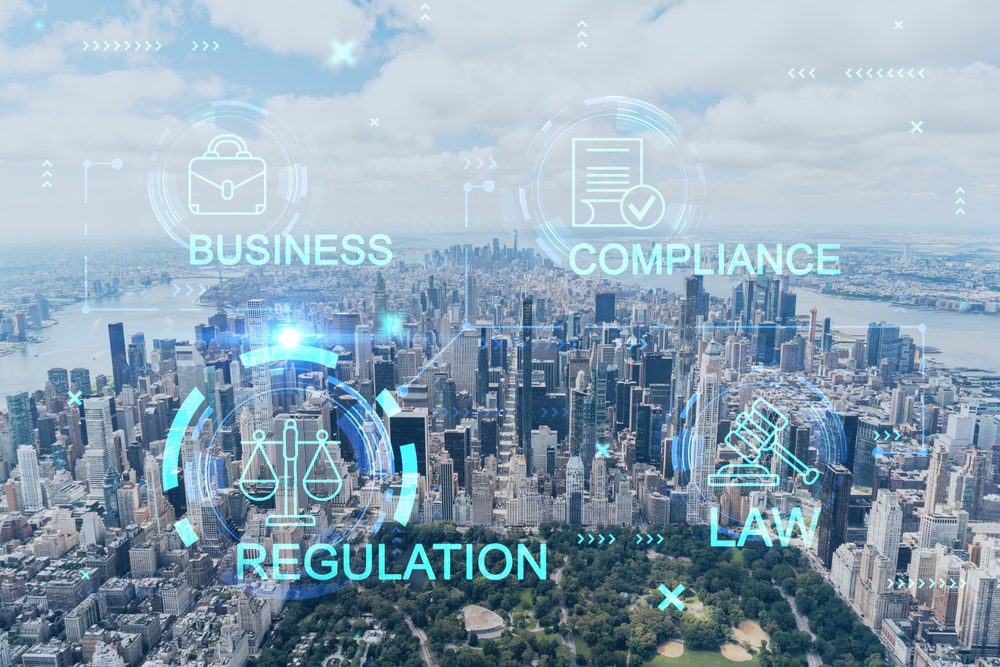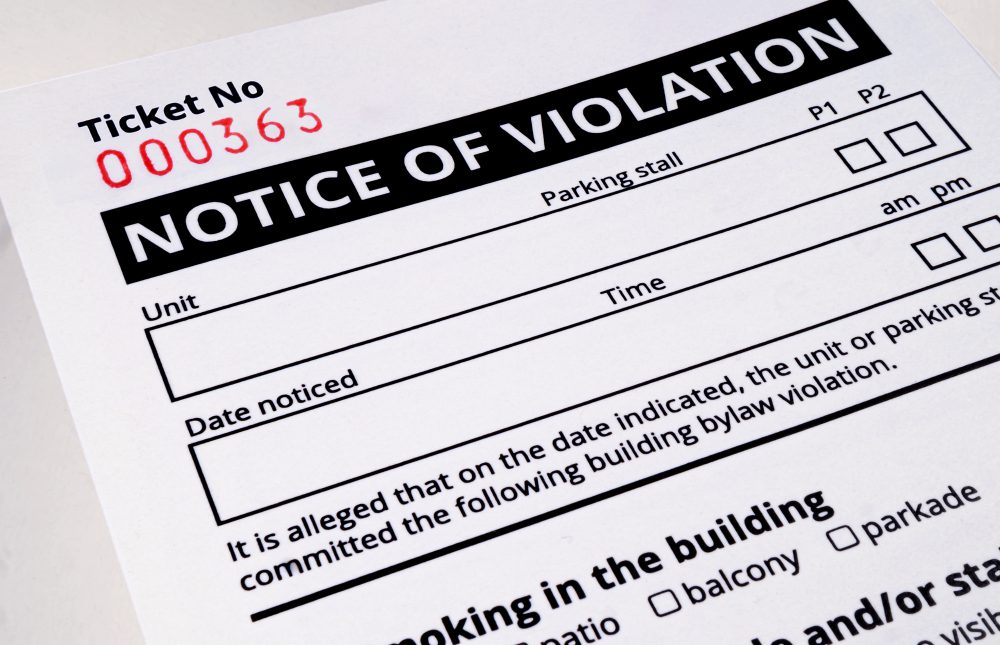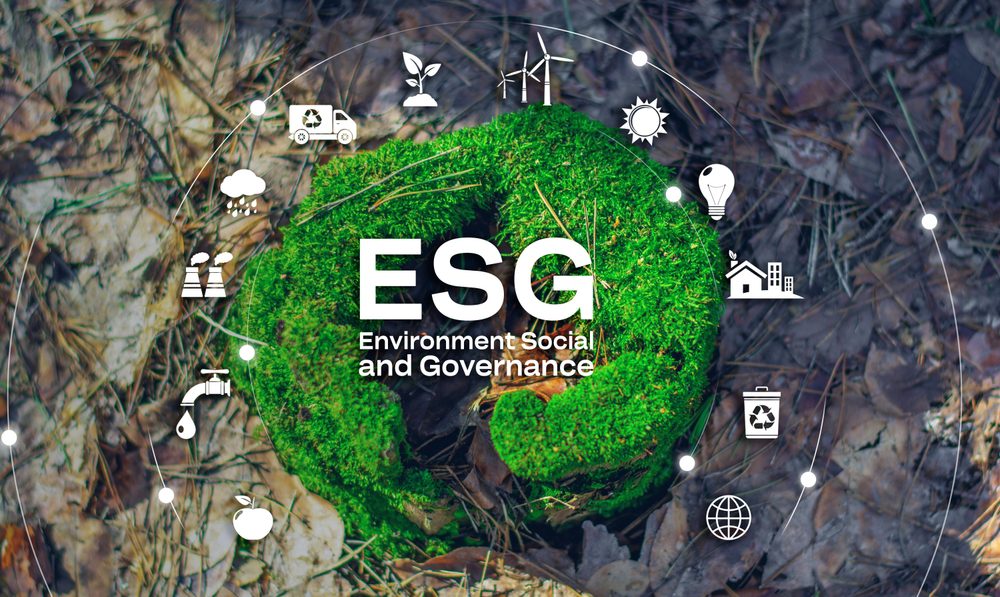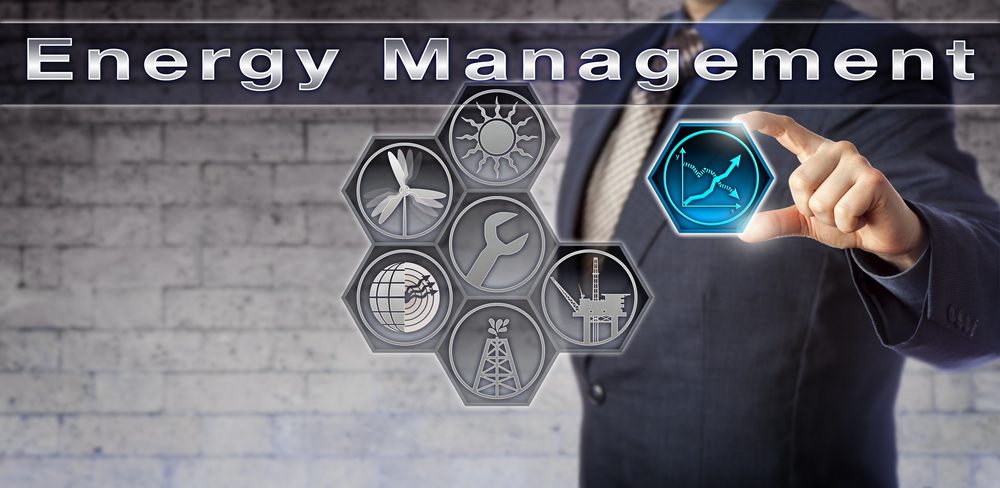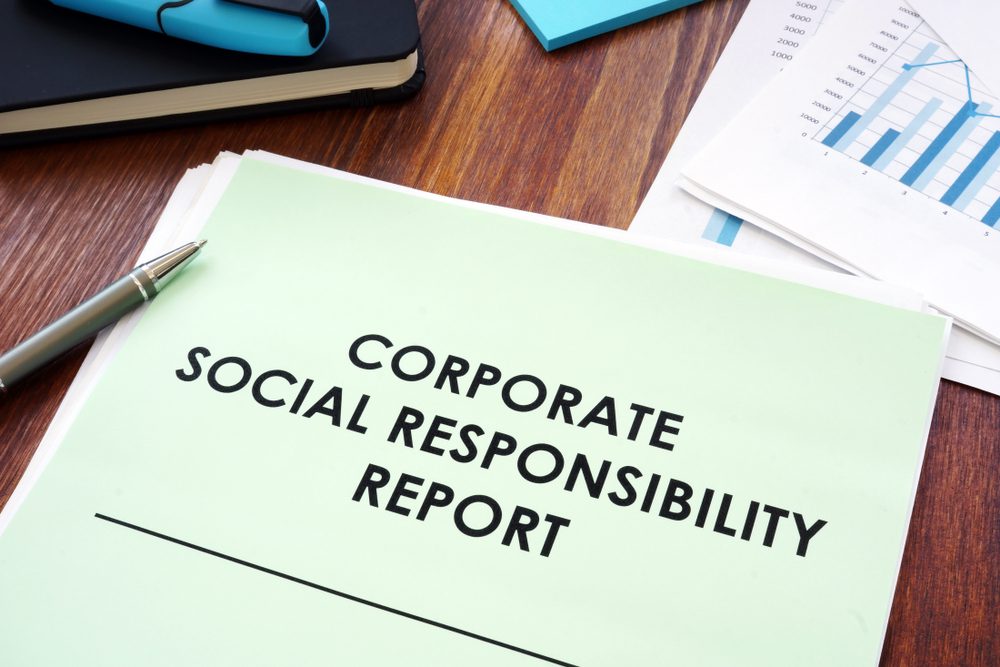I. Introduction
In an era marked by environmental awareness and sustainability, the construction industry is undergoing a remarkable transformation. The concept of green building has become synonymous with responsible construction practices, emphasizing the efficient use of resources, environmental stewardship, and the well-being of building occupants. Central to the green building movement are certifications, which serve as structured roadmaps to ensure that buildings adhere to the highest sustainability standards. This blog is your guide to understanding the world of popular green building certifications, their extensive requirements, and the manifold benefits they bring to the table.
II. Understanding Green Building Certifications
Defining Green Building Certifications
Before we embark on this exploration, let’s establish precisely what green building certifications entail. They are holistic evaluation systems that rigorously assess a building’s environmental performance. These certifications extend far beyond mere accolades; they are indispensable tools for architects, builders, and developers, steering them toward the creation of energy-efficient, eco-conscious, and health-centric structures.
Key Certifying Organizations
Various organizations worldwide spearhead the green building certification movement, each with its own unique framework. Some of the most prominent certifying bodies include:
- LEED (Leadership in Energy and Environmental Design): Operated by the U.S. Green Building Council, LEED is globally recognized for its focus on sustainability, energy efficiency, and environmental responsibility.
- BREEAM (Building Research Establishment Environmental Assessment Method): Originating in the United Kingdom, BREEAM has a stronghold in Europe and assesses a range of factors, from energy use to materials sourcing.
- Green Globes: Developed by the Green Building Initiative, Green Globes offers a flexible approach to assessing a building’s sustainability, making it popular in North America.
- Passive House: Hailing from Germany, the Passive House standard is synonymous with ultra-energy efficiency, leading to buildings that require minimal heating and cooling.
Different Levels of Certification
These organizations offer various certification levels, ranging from basic certification to platinum or diamond levels. The higher the level, the more exacting the requirements, and the more significant the environmental impact reduction.
III. The Requirements of Green Building Certifications
 Overview of Common Certification Requirements
Overview of Common Certification Requirements
Green building certifications address multiple dimensions of sustainability. These typically encompass:
A. Sustainable Site Selection and Design
– Location and Transportation: This criteria evaluates a project’s accessibility to public transportation and its impact on the environment.
– Sustainable Site Development: This category encompasses the evaluation of land use, landscaping practices, and ecosystem preservation.
B. Energy Efficiency and Renewable Energy
– Efficient Building Envelope: Focusing on aspects such as insulation, air sealing, and thermal performance to minimize energy loss.
– Energy-Conserving Systems: Encouraging the utilization of energy-efficient HVAC systems, lighting, and appliances.
C. Water Efficiency and Conservation
– Water-Reducing Fixtures: Encouraging the installation of low-flow faucets, showerheads, and toilets.
– Rainwater Harvesting: Promoting the collection and use of rainwater for non-potable purposes.
D. Indoor Environmental Quality
– Ventilation and Air Quality: Ensuring proper ventilation and air filtration systems to promote healthier indoor air.
– Daylighting and Views: Enhancing occupant well-being through increased natural lighting and outdoor views.
E. Materials and Resources
– Sustainable Sourcing: Encouraging the use of responsibly sourced materials, including recycled and locally produced items.
– Waste Reduction and Recycling: Promoting the reduction of construction waste through recycling and reuse.
F. Innovation and Regional Priority Credits
These sections recognize out-of-the-box thinking and allow projects to earn additional credits for innovative sustainability practices and regional considerations.
IV. Benefits of Achieving Green Building Certifications
A. Environmental Benefits
Green building certifications make a substantial contribution to environmental preservation. They result in:
– Reduced Carbon Footprint: By emphasizing energy efficiency and the use of renewable energy sources, certified buildings generate fewer greenhouse gas emissions.
– Water Conservation: Certifications encourage efficient water use and conservation.
– Biodiversity Preservation: Sustainable site development and landscaping practices support local ecosystems.
B. Economic Benefits
The financial advantages of green building certifications are substantial:
– Energy and Resource Savings: Reduced energy and water consumption translate into long-term operational cost savings.
– Increased Property Value: Certified buildings often command higher resale and rental values.
– Lower Operating Costs: Reduced energy and water bills lead to diminished operational expenses.
C. Social Benefits
Green buildings positively impact occupant well-being and community engagement:
– Improved Occupant Health and Well-being: Enhanced indoor air quality, natural lighting, and comfortable temperatures promote better health and productivity among building occupants.
– Community Engagement and Awareness: Green building projects contribute to community education and promote eco-conscious behavior.
D. Regulatory and Incentive Benefits
Achieving certification also brings regulatory and incentive advantages:
– Compliance with Regulations: Many jurisdictions now require or encourage green building practices.
– Tax Incentives and Rebates: Governments and utilities often offer financial incentives to support green building projects.
E. Competitive Advantage
In a world increasingly focused on sustainability, certified buildings have a competitive edge:
– Market Differentiation: Green building certification serves as a marketing tool, setting your project apart from non-certified competitors.
– Attracting Eco-conscious Tenants or Buyers: Eco-conscious businesses and individuals actively seek out green-certified properties.
V. Challenges and Considerations
While the benefits of green building certifications are clear, there are challenges and considerations to be aware of:
A. Cost Implications
Investing in sustainable practices and materials can initially be more expensive. However, these costs are often offset by long-term savings in energy and operational expenses.
B. Design and Construction Challenges
Green buildings may require innovative design and construction practices, which may demand additional expertise and time.
C. Certification Process and Documentation
Navigating the certification process can be complex, with rigorous documentation requirements.
D. Maintenance and Ongoing Commitment
Sustaining green building practices and maintaining the certification standards require continuous effort and investment.
VI. Tips for Navigating Green Building Certifications
As you embark on your green building journey, consider the following tips:
A. Start Early in the Design Process
Integrate sustainability into the project from the beginning to maximize benefits and minimize costs.
B. Collaborate with Sustainability Experts
Engage professionals with expertise in green building practices to ensure success.
C. Stay Informed About Updates and Changes
Certification standards can evolve, so staying up to date is essential.
D. Focus on the Most Applicable Certification for Your Project
Select the certification that aligns best with your project’s goals and objectives.
E. Consider Long-Term Sustainability Goals
Think beyond certification to your project’s long-term sustainability and environmental impact.
VII. Conclusion
Green building certifications are not just about constructing structures; they are about shaping a more sustainable and resilient future. By adhering to the stringent requirements of these certifications, we contribute to the global effort to reduce our carbon footprint, conserve natural resources, and improve the quality of life for current and future generations. The benefits, both environmental and economic, are substantial. While challenges exist, they are surmountable, and the advantages far outweigh the drawbacks.
So, whether you’re an architect, builder, or developer, embracing green building certifications is a vital step toward creating a better, greener world for us all. As we move forward, the future of green building and sustainability in construction is brighter than ever. It’s a world where buildings not only shelter but also heal, inspire, and preserve the planet for generations to come.
Discover how VertPro.com can elevate your property’s energy efficiency to new heights. We are your ultimate destination for all things related to Commercial Energy Audits, Benchmark Compliance consultancy, and access to our state-of-the-art Construction Marketplace. As trailblazers in the industry, VertPro® empowers Building Owners and Property Managers across the nation with innovative SaaS technology-based solutions. From Energy Benchmarking to Energy Audits/RCx Plus, we’re dedicated to ensuring compliance with over 50 Energy Benchmarking and Energy Efficiency Laws.
Now is the time to seize the opportunity to maximize your property’s energy potential and value. Explore VertPro.com’s comprehensive solutions today and let us be the catalyst for the transformation your property deserves. Your energy-efficient future starts here!


